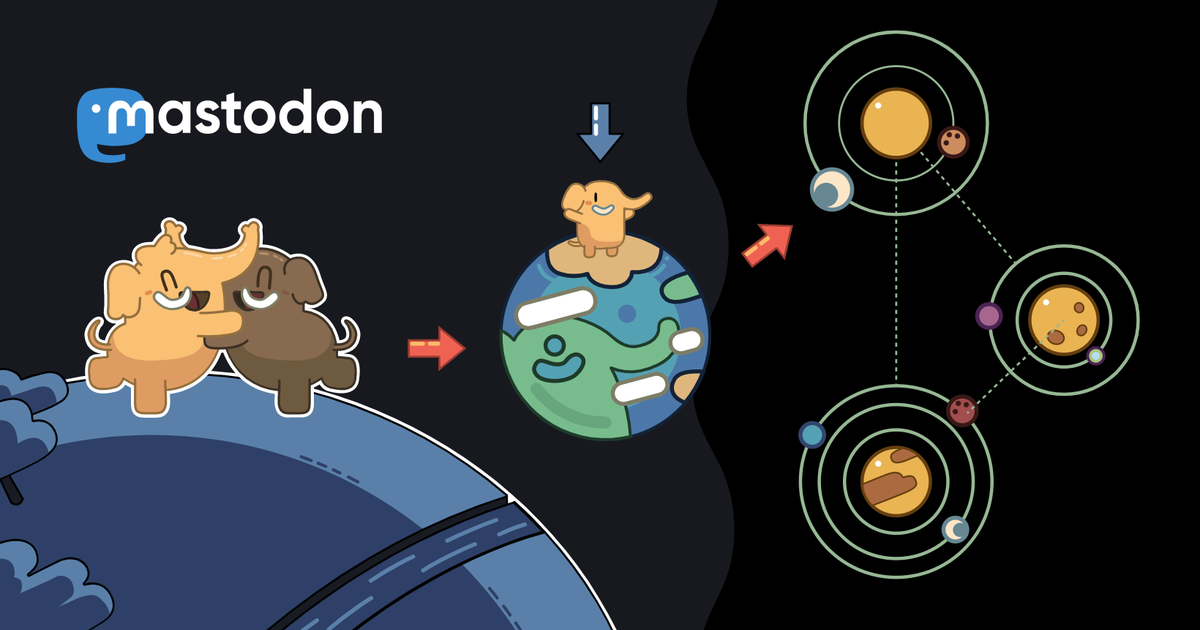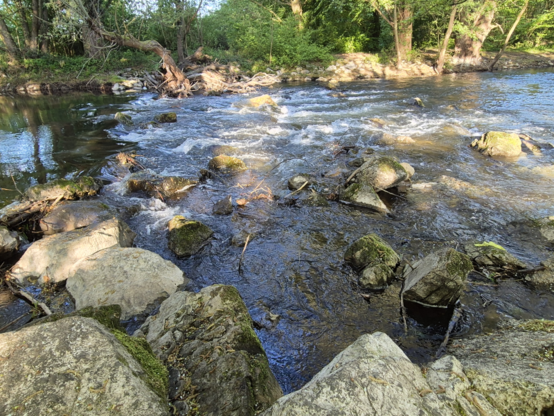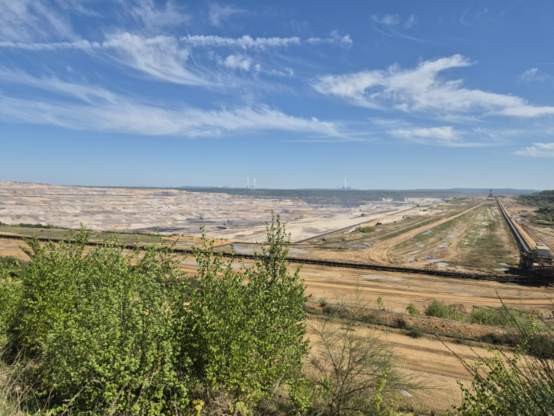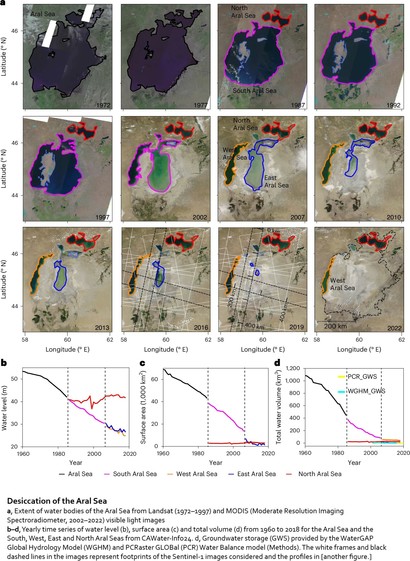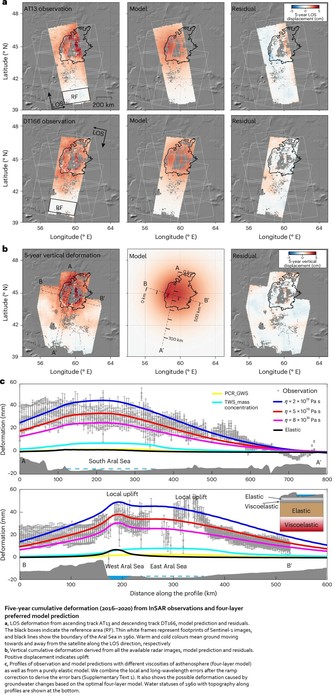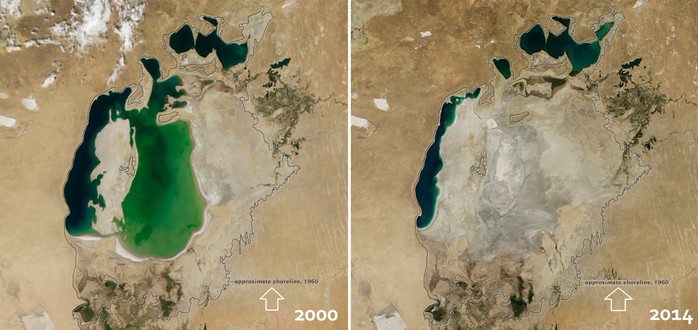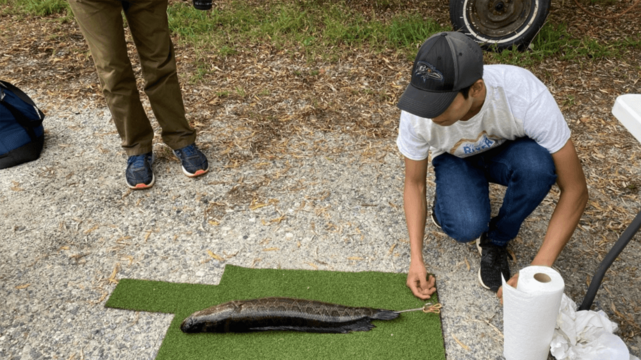Vitrimers are basically polymers with commitment issues—forever linked, always rearranging. Entropy’s favorite soap opera. #CANs #rheology #glitchpolymer
https://pubs.aip.org/aip/jcp/article-abstract/162/17/174904/3345655/A-simulation-based-comparative-study-on-the
Recent searches
Search options
#rheology
#Wales Coast Path training.
Today was early bird day.
A #hike over 18.6 mi (30 km) in 6 hours.
Of course with some #Rheology , #flowers , and lost places.
Today we followed the small river Rur for about 10 kilometres. On the way back, we walked along the left-hand lane of the old motorway.
In my youth, the open-cast mine was a forest where I practically grew up.
Weak Asthenosphere Beneath The Eurasian Interior Inferred From Aral Sea Desiccation
--
https://doi.org/10.1038/s41561-025-01664-w <-- shared paper
--
#GIS #spatial #mapping #remotesensing #earthobservation #inSAR #AralSea #rebound #isostaticrebound #asthenosphere #geology #structuralgeology #mantle #crust #weight #rheology #spatialanalysis #spatiotemporal #continent #desiccation #loss #drying #water #hydrology #elastic #viscoelastic #model #modeling #uplift #lithosphere #humanimpacts #tectonic
Measuring Mucus by Dragging Dead Fish
A fish‘s mucus layer is critical; it protects from pathogens, reduces drag in the water, and, in some cases, protects against predators. But little is known about how mucus could affect terrestrial locomotion in species like the northern snakehead, which can breathe out of the water and move across land. So researchers explored the snakehead’s mucus layer by measuring the force required to drag them (and two other non-terrestrial species) across different surfaces.
The team tested the same, freshly euthanized fish twice: once with its mucus layer intact and again once the mucus was washed off. Unsurprisingly, the fish’s friction was much lower with its mucus. But they also found that the snakehead was slipperier than either the scaled carp or the scale-free catfish. The biologists suggest that the snakehead could have evolved a slipperier mucus to help it move more easily on land, thereby extending the distance it can cover.
As a fluid dynamicist, I think fish mucus sounds like a great new playground for the rheologists among us. (Image and research credit: F. Lopez-Chilel and N. Bressman; via PopSci)
How do we keep our lives and processes squeaky clean?
Professor Ian Wilson and his research group respond with a question of their own:
How clean is clean?
Watch the video:
#Cleaning #Science #Rheology #HowStuffWorks
https://youtu.be/obqRLf1V3k4
Nicht mehr ganz #NeuHier im Fediverse.
Der Alchemikus Magnus von Braunstein gibt sich die Ehre. Ihr findet mich auf so manchem Mittelaltermarkt, wie z.B. in Warendorf.
Zieht unter der Woche vom Rheinland zum Niederrhein.
#Chemie, #Rheology, #Mittelalter, #Larp , #GreenDeal, #Garten
Habe von Friendica über Misskey und Pixelfed einiges probiert. Bin vermutlich mehr der Typ Mikroblogging.
Baseball’s Mysterious Rubbing Mud
Since 1938, every ball in Major League Baseball has been covered in a special “rubbing mud” harvested from a secret location in New Jersey. Although the league has tried in the past to replace the mud with an alternative, it’s never stuck. Researchers wondered just what makes this mud so special, so naturally, they brought some to the lab to study its composition and rheology.
The mud consists of clay, silt, and sand with a smattering of organic particles. The make-up was pretty typical of river mud in the region, although researchers noted a drop-off in large particle sizes that probably indicates some sieving. In terms of rheology, the mud is shear-thinning, meaning it behaves a bit like lotion. It sits solidly in the hand until it’s deformed, at which point it smoothly coats the surface as a liquid would.
So how does the mud change the baseballs? The researchers found three effects. First, the mud’s shear-thinning allowed it to fill in any pores or imperfections in the ball’s surface, creating a more uniform surface. Second, the dried mud’s residue doubled the ball’s contact adhesion. And, finally, the occasional large sand particles glued to the ball by the dried mud added friction. As the researchers put it, the rubbing mud “spreads like skin cream and grips like sandpaper.” (Image credit: L. Juarez; research credit: S. Pradeep et al.; via EOS)
I'll take the opportunity to open a small parenthesis on what #rheology aka “the science of the flow”, is: the term, which can be used both for fluids and (some classes of) deformable solids describes the relationship between stress and strain in a continumm.
To wit, for something to flow (or deform), there must be a force applied. The relation between this force and how much (and how quickly) the continuum deforms is what rheology is about.
Rheology deals with two main classes of behavior: #plasticity and #viscosity.
Plastic behavior refers to (permanent) deformations whose magnitude depends on the applied force: smaller forces result in smaller deformations, larger forces in larger deformations. This is typical of solids.
Viscous behavior refers to deformations whose rate depends on the applied force: in this sense deformations can be “infinite” (the distance between two given points can grow arbitrarily), and as long as the force is applied the deformation will grow. #Viscosity determines how strongly the continuum (typically a fluid) resits to the deformation, and thus how quickly (or slowly) it deforms.
And of course you can have hybrid behaviors (viscoplastic, viscoelastic, viscoplastoelastic).
5/
Note that I'm not criticizing the work of the scientists that work on this: it's not a methodological issue, it's just that there are challenges that make the problem almost intractable, and anything that gets us closer is in fact very welcome.
There are also ongoing efforts to take measurements in situ, which presents nontrivial challenges because, in case you missed it, lava is HOT. And this not only puts the scientists at risk, but also tends to have a negative effect on the instrumentation: dipping a viscosimeter in lava requires, shall we say, a well-designed viscosimeter, unless your intent is to melt the tool.
Still, it has been done, see for example https://doi.org/10.1016/j.epsl.2018.04.028
But wait, there's more! There isn't just the issue of not knowing what the lava viscosity is. We don't even know what the lava #rheology is.
4/
Cooking Perfect Cacio e Pepe
In cooking, sometimes the simplest recipes are the toughest to master. Cacio e pepe — a classic three-ingredient Italian pasta — is an excellent example. Made properly, the sauce of cheese and black pepper combines with starchy water to coat the pasta in a uniform, cheesy sauce. Or, if you’re me, you wind up with a pasta sauce flecked with stringy clumps of melted cheese. Fortunately for those of us who have yet to master this one, a new research paper has us covered with tips to make the perfect cacio e pepe.
The key to that elusive silky sauce, they found, is the starch – water – cheese combination. Your water needs just the right amount of starch — they found that between 1 – 4% starch by (cheese) mass worked. If the starch concentration is too low (which can easily happen in pasta water), you’ll get the clumpy cheese mess that so frequently happens in my kitchen. Temperature is also critical; if the water is too hot when it’s added, then it can destabilize the sauce. Check out the pre-print’s Section V for the scientific, supposedly foolproof, recipe. I know I’ll be trying it! (Image credit: O. Kadaksoo; research credit: G. Bartolucci et al. pre-print; via APS News)
Our #preprint where we derive an #activeGel #model with entropic elasticity of the #microstructure from the thermodynamic constraints on the dynamics of #myosin molecular motors is now updated!
Hopefully more readable, and with the example of a #cyst like contractile sphere.
Hard granular materials — sand, gravel, glass beads, and so on — can flow, but, in narrow regions or under large forces, they can also jam up, essentially turning into a solid. Soft particles can also flow and jam, but do so under different conditions than hard particles. One group of researchers used a custom-built rheometer to measure jamming in soft particles like the hydrogel beads pictured here. They found that they could extend existing models for jamming in hard particles, but they had to rescale the mathematics to account for the way soft particles change their shape under pressure. (Image credit: Girl with red hat; research credit: F. Tapia et al.; via APS Physics)
More updates from the iSTRUM project!
New inversions for seismic attenuation are helping to shed light on the thermodynamic state of the upper mantle beneath alaska: https://istrum.github.io/blog/ucsb-alaska-bw-2024/
Videos and materials from the VBRc virtual workshop are now up! https://istrum.github.io/blog/vbrc-wkshp-2024-summary/
Alpine Catchments’ Hazard Related To Subaerial Sediment Gravity Flows Estimated On Dominant Lithology And Outcropping Bedrock Percentage
--
https://doi.org/10.3390/geohazards5030034 <-- shared paper
--
#GIS #spatial #mapping #debrisflow #gravityflow #hyperconcentrated #flow #alluvialfan #rainfall #threshold #ItalianAlps #italy #engineeringgeology #massmovement #landslides #water #hydrology #rheology #soil #model #modeling #morphology #spatialanalysis #spatiotemporal #sedimentgravityflow #risk #hazard #alpine #mountain #catchments #elevation #slope #steepness #trigger #lithology #geomechanics #geomorphology #geomorphometry #morphology #sediment #SusaValley #history #geology #bedrock
A short update from the iSTRUM project on one of the exciting research avenues of the project: understanding the role of transient rheology on how melted water from ice sheet is redistributed:
Very Broadband Rheology Calculator workshop scheduled for July 15-18 !
Details with link to schedule and registration are at https://istrum.github.io/blog/vbrc-wkshp-2024/
A new #preprint where we derive an #activeGel #model with entropic elasticity of the #microstructure and give interpretations of the thermodynamic constraints on the dynamics of #myosin molecular motors.
Very good #AERC Annual European #Rheology #Conference this week in #Leeds. That was my first time in this series since 2007! I met again with many people I hadn't seen since.
Not incredibly much of #bio-related work, but a great range of all sorts of soft and flowing matter talks, and a great poster session with a lot of space and time allowed.
Consider joining the next one in #Lyon !
The shearing of fluids – meaning the sliding of fluid layers over each other under shear forces – is an important concept in #nature and in #rheology, the science that studies the flow behavior of matter, including liquids and soft solids.
#Physics #sflorg
https://www.sflorg.com/2024/04/phy04042401.html

